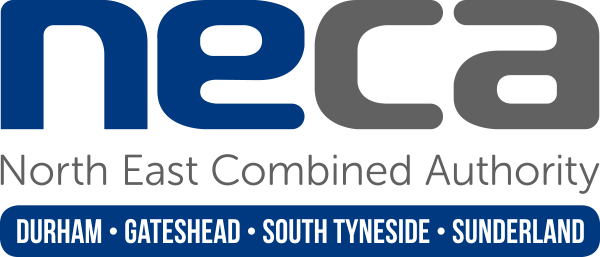Bus passengers and other road users in Tyne and Wear are to benefit from a package of measures that will save them up to one million hours a year from shorter journey times and reduced delays.
The Tyne and Wear Integrated Transport Authority has been awarded almost £5 million from the Government’s Better Bus Area Grant funding to provide a string of highways improvements.
Upgrades to junctions and congestion hotspots on 19 key routes into towns and cities will benefit all road users, as well as providing buses with more reliable journey times.
The improvements will benefit 35 million bus journeys a year – a quarter of all trips made in Tyne and Wear – and reduce carbon emissions by 46,360 tonnes per year.
Cllr David Wood, Chairman of the Tyne and Wear Integrated Transport Authority, said: “I warmly welcome today’s announcement, which will make a real difference to the reliability of bus services on our key journey corridors, at the same time benefiting all road users by easing congestion.
This will assist economic growth, reduce the costs of bus operation and promoting a shift towards public transport which will have great benefits in carbon reduction. This work will be complemented by a range of additional measures to make bus services more attractive and accessible, including feasibility work into the development of further voluntary partnerships across Tyne and Wear.”
The successful Tyne and Wear bid for funding is made up of six key elements:
New Intelligent Transport Systems (ITS) on key bus routes – Using new technology to monitor and regulate traffic flows to reduce delays on up to 22,000 bus routes every day, by monitoring and adjusting traffic signals around 19 key bus corridors into and out of town and city centres, six known congestion hotspots and outside the three biggest bus stations (Gateshead, Park Lane Sunderland and Eldon Square/Haymarket Newcastle)
New signalisation of two key junctions – The busy junctions at Norham Road/A1058 Coast Road in North Shields and A184 Felling Bypass/A195 Lingey Lane in Gateshead are two places where buses face regular delays due to having to give way to other traffic. New traffic signals will let buses pass through in under 60 seconds, rather than waiting several minutes at peak times – 560 buses per day, most on ‘core’ commuter routes, will benefit.
Conversion of Borough Road, Sunderland, city centre, to two-way traffic – This will reduce bus stop congestion in central Sunderland (Fawcett Street) and improve carbon emissions, by creating a shorter route out of the city centre – taking two minutes off the journey time for 275 bus journeys every day. In a year buses will travel 16,000km less and use 1.4 tonnes less CO2. The new road layout will also be safer for pedestrians.
Interchange improvements – Heworth and Park Lane are interchange stations between bus and Metro used by more than 5.3 million people every year. Plans include new and better shelters and waiting areas at Heworth, where people change for buses to Washington and the Coalfields area, and upgraded CCTV at Park Lane. The improvements will mirror Nexus investment already taking place at Four Lane Ends and Gateshead interchanges, and at other smaller bus stations.
Bus stop improvements – Nexus and district councils will upgrade stops to implement enforceable bus clearways, raised kerbs and in-shelter CCTV (the latter covering 70 additional shelters). Investment will be focussed on the 19 key corridors where ITS programmes will run.
Marketing, promotion and market research – Working in partnership between the ITA, Nexus and bus operators to promote the benefits of bus travel and improvements made through this programme. Also promoting products like the ‘go anywhere’ Day Rover ticket, which offer value for money and flexibility.
The Government has also awarded £85,444 to fund a third new hybrid bus for the city centre ‘Sunderland Connect’ 700 bus route.
The route, launched last year in a partnership between Sunderland City Council, Sunderland University and Nexus, links city centre attractions and university halls and campuses.
The new bus, which will be added to two electric-hybrid vehicles already on the route, will boost the frequency from two per hour to three per hour. It is needed because the route has proved so popular with students, residents and visitors.
